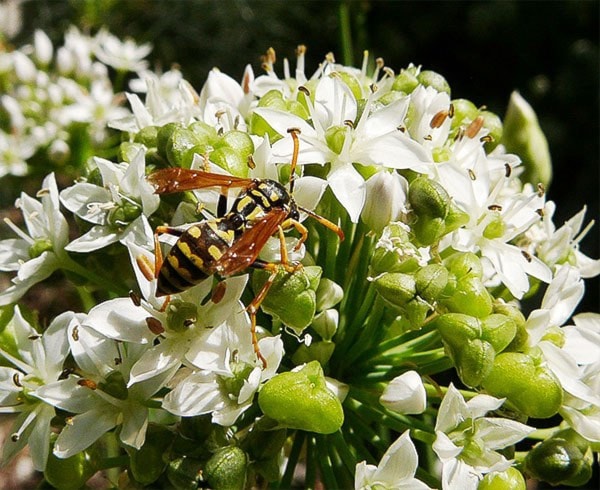Gardening columnist Don Burnett’s article in the Oct. 7 Kelowna Capital News headlined ‘Gardening Much Better Without the Insecticides’ got me thinking about how far we have come since my childhood.
In the 1950s, ‘the fog man’ was a common sight at dusk on a summer evening.
He drove around the streets of Kelowna (population 10,000) in his little white truck, spraying a fog of DDT to control mosquitoes. The thought of that is horrifying now.
My first garden (1974-1984) was on 3/4 of an acre in Oyama. Surrounded by conventionally farmed/sprayed apple orchard, it’s not surprising we never had insect pest problems (or many birds).
Every year, before the orchard was sprayed with Sevin, we had to move our bee hives to a safe place in my parents’ 1/2 acre garden in town.
Sevin is highly toxic to honeybees and many beneficial insects.
This spray was supposed to be only “moderately” harmful to mammals. I shudder to think of Sevin and all the other unhealthy sprays that drifted onto our food garden.
When we moved into town there were some garden pests, but we seldom resorted to using insecticides.
I have never used a pesticide since 1992 when I discovered the principles of xeriscape.
They provided me with a super-easy guide to gardening successfully with the climate, not only drastically reducing my water use, but also helping me to create a garden that was in harmony with all living things.
The seven principles include planning and design, soil preparation, practical turf areas, efficient irrigation, appropriate plant selection, mulching and timely maintenance.
Plants growing in their ideal conditions for light, soil type and moisture, are able to thrive.
The same as with humans, a plant that’s stressed from being in unsuitable conditions is much more susceptible to diseases and pests.
Stressors can include too much water or chemical fertilizers. Both cause fast, weak growth leading to more pruning and staking (more work).
That growth is often juicy—just what pests like aphids are looking for.
Keeping soil covered in an organic mulch (e.g. compost, Glenmore Grow or Nature’s Gold) helps hold moisture in the soil and ensures that plants get slow, even fertilizer as soil microbes break down the mulch.
It’s important to create biodiversity—growing a wide diversity of plants so there are always some flowers in bloom, from early spring until frost, to provide nectar and pollen to beneficial insects.
Larval forms of many pollinators such as lacewings and hoverflies are voracious carnivores feasting on pests such as aphids.
Many herbs (e.g. lavender, parsley, sage, dill) particularly attract them. Hummingbirds’ main food is insects so as insurance against a future pest invasion, plant their favourite nectar plants, (e.g. ‘Jacob Cline’ or ‘Cambridge Scarlet’ beebalm, salvia, sweet alyssum). Planting sunflowers will attract many songbirds. Most feast on insects as well as seeds.
Check the plant database at okanaganxeriscape.org for more plants to attract hummingbirds and other birds.
